Imagine your home speaking to you, adjusting itself to your mood, and knowing exactly when to light your room. The revolution of Indian home automation isn't coming—it's already here.
As urbanization and technological advancements converge, the smart home market in India is exploding. But why should you care about this burgeoning trend?
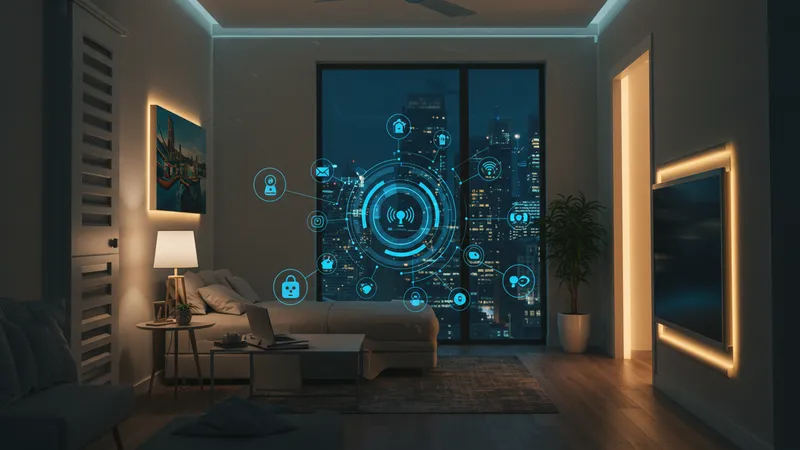
The typical Indian home is stepping into the future with sensors that monitor your energy consumption and digital assistants that wirelessly operate your appliances. The demand for such technology is not only for convenience but also for energy efficiency and security. But that’s not even the wildest part…
Many homeowners are unaware of the hidden savings that smart homes can harvest. Recent analyses demonstrate homes equipped with automation technology have reduced energy bills by up to 30%. This saves money and contributes toward national sustainability goals. What happens next shocked even the experts…
India, a culturally rich and diverse country, is rapidly embracing home automation to improve daily living. In metropolitan areas, where space is premium, automating households permits a more seamless, efficient lifestyle. It’s not just about adding novelty gadgets; it’s about harnessing technology for significant lifestyle enhancements.
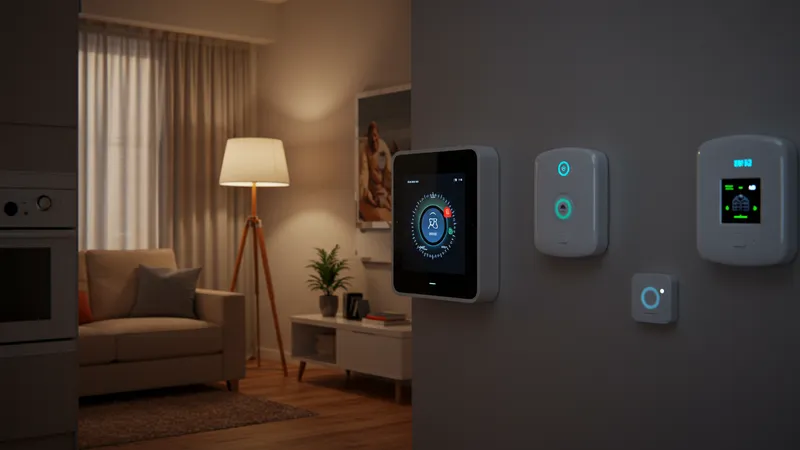
Many are turning toward systems like Google Nest due to their versatility and integration capabilities. Integrating into everyday life, India's adoption of smart solutions is set to skyrocket with a projected growth rate of over 40% annually. But there’s one more twist...
An attractive point for homeowners is the enhanced security that these technologies provide. From smart cameras to intelligent locking systems, homeowners can now monitor their homes anywhere at any time. Security has become a primary driver in the spread of smart home adoption, even in rural settings.
The government's push toward a Digital India also nudges the populace into the intelligent age. Significant initiatives and subsidies are paving the way for more accessible home automation, even for budget-conscious families. What you read next might change how you see this forever.
Every hour your heater runs excessively or lights are left on, you’re losing money—money that could be saved with smart automation. Households equipped with smart meters and controllers have shown staggering savings, some slashing their electricity costs by up to 20% annually.
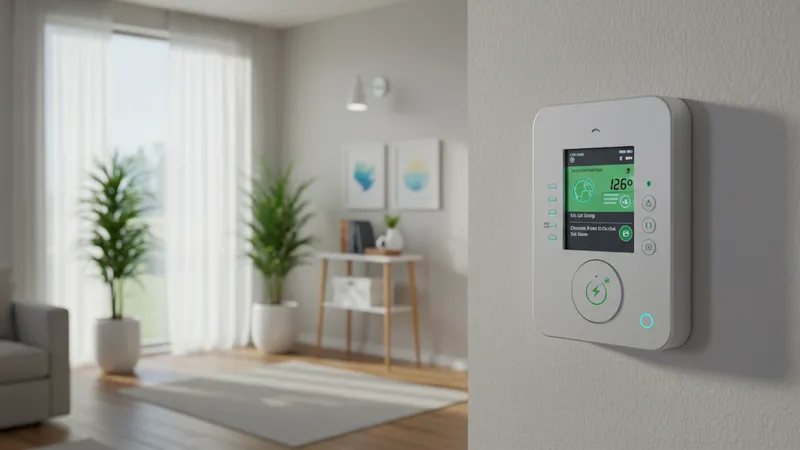
Beyond monetary savings, it’s about creating a more sustainable environment. With issues like global warming becoming alarmingly common, smart home technology contributes to greener living simply by lessening unnecessary energy consumption.
One underestimated aspect is the full customization smart homes offer. Tailoring your home’s environment to match your lifestyle is much more manageable with voice-controlled or app-based systems. The possibilities extend beyond temperature and lighting, affecting water consumption and more.
Understanding these technologies is crucial in a competitive market. The major brands are not just selling products; they're selling an experience and a paradigm shift in how Indians will live in the coming years. What lies ahead might surprise you.
The rise of smart homes in India highlights a shift in consumer mindset. Early adopters are looking beyond mere convenience to examine long-term benefits like health, wellness, and sustainability. The technology enables a health-conscious lifestyle, managing aspects like air quality and personalized room settings.
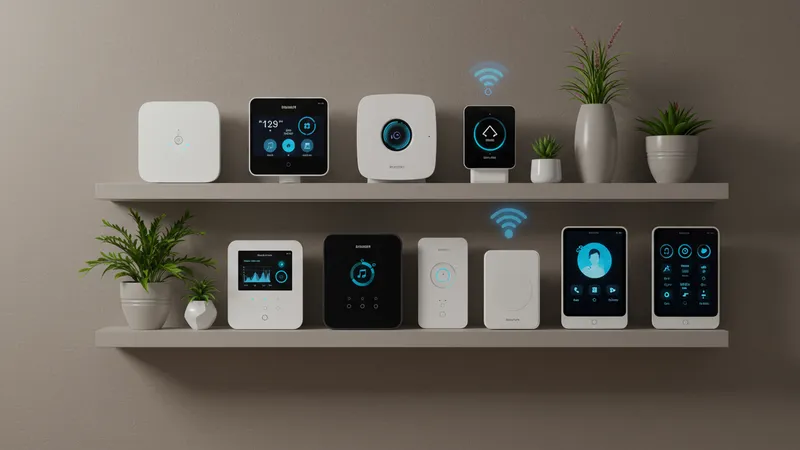
Home automation platforms are creating an integrated ecosystem where devices communicate with one another. This interoperability is significant, especially when multiple devices from various manufacturers work seamlessly to deliver a uniform experience.
Despite initial costs, the investment in smart home technologies pays off over time through reduced utility bills and increased property value. Furthermore, government initiatives are offering financial incentives for intelligent systems that promote energy efficiency.
In a country with diverse socio-economic backgrounds, the scalability of smart home solutions ensures accessibility to varied income groups, thus shaping how future homes are designed and built. But don’t go anywhere—there’s more.
One common myth is that setting up a smart home is overly expensive and complicated. While it's true that initial investment costs can be high, the long-term savings and convenience outweigh the setup expenses. Starter kits and scalable solutions have made smart homes more accessible than ever.
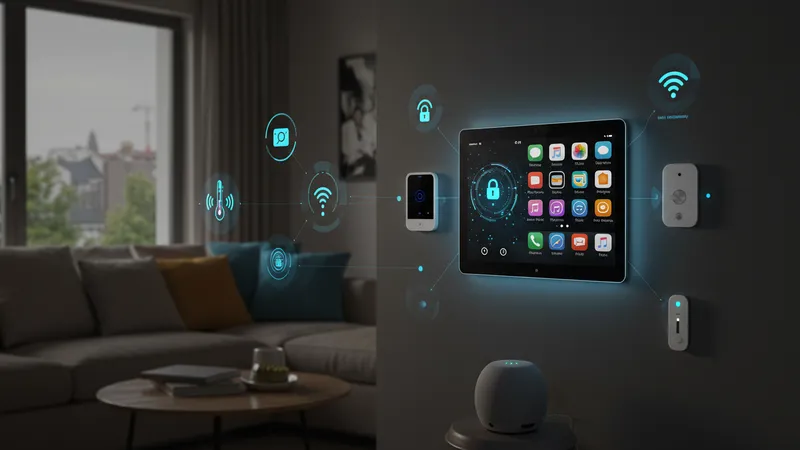
People also believe the technology needs to be more secure. However, advancements in encryption and user authentication have made smart devices as secure as online banking systems. Your data and peace of mind remain protected.
Many imagine a tech-driven home could be more user-friendly, particularly for non-tech-savvy users. But, interfaces are intuitive, designed with simplicity and ease of use in mind. Most manufacturers prioritize seamless user experiences.
Those thinking smart homes and devices are fads should reconsider. Projections reveal that by 2025, most urban homes will integrate smart technologies. What you read next might change your perspective on smart home aspirations.
Smart homes provide flexibility and comfort, taking chores off your shoulders and allowing you to focus on essential things in life. This liberation enables families to invest time in relationships and personal growth, creating a balanced lifestyle.
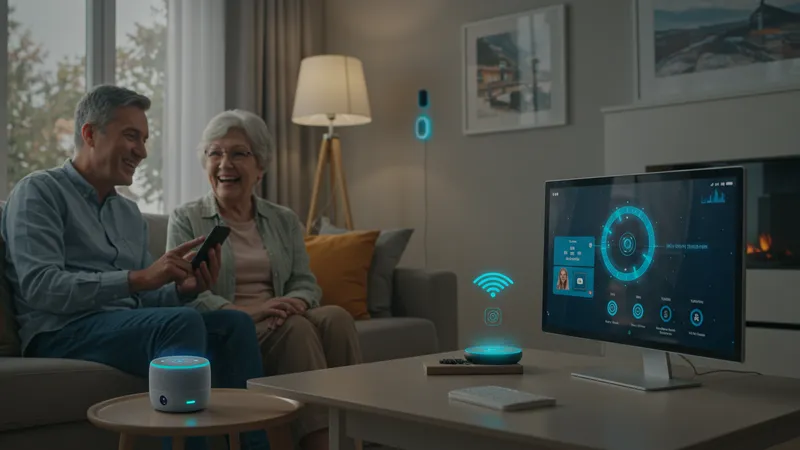
Moreover, smart systems have proven to assist the disabled and elderly in maintaining independence. From voice commands managing daily activities to automated alerts ensuring adherence to routines, technology adds to life quality.
Yet another benefit is data analytics, offering insights on consumption patterns. These insights help homeowners make informed decisions regarding resource use, improving responsible living practices toward sustainability.
Transitioning to a smart home provides festive celebrations with custom lighting and soundscapes, creating immersive experiences. What happens next in this revolution may surprise even the most savvy tech lovers.
With DIY solutions emerging, Indian consumers can embrace segment-based smart home transformation. Beginners can start with a couple of smart plugs and build up over time, customizing their homes piece by piece without significant upfront costs.
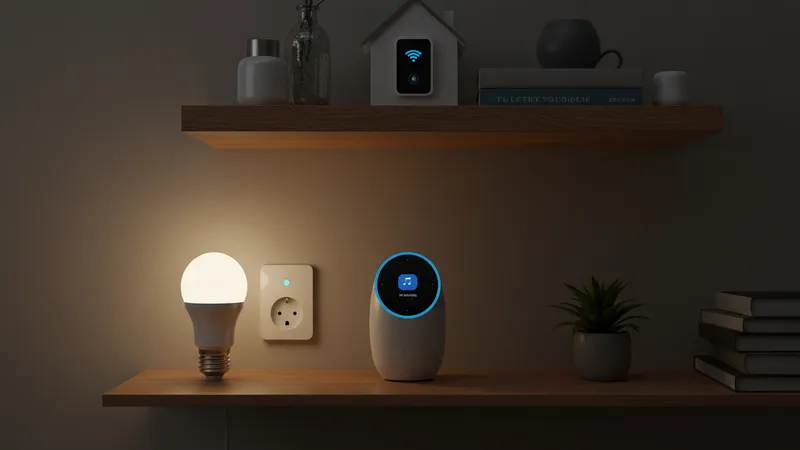
Gaining popularity are voice-activated virtual assistants such as Google Assistant, ideal for small-scale integration. Setting one up can be cost-effective, allowing you to control multiple devices simultaneously as you expand the system.
Online communities and forums can be a goldmine, offering step-by-step guides and expert advice. As more people share their smart home journeys, enhanced knowledge continually spreads, leading to eventually more widespread grassroots adoption.
This evolving technology will soon affect every aspect of daily life inside your living space. But stay tuned—the future of automation in India has more incredible elements to unfold.
Artificial intelligence is at the core of future smart homes, transforming simple automation tasks into fully autonomous solutions. From predictive algorithms learning your habits to AI assistants managing calendars, homes are becoming smarter and more intuitive.
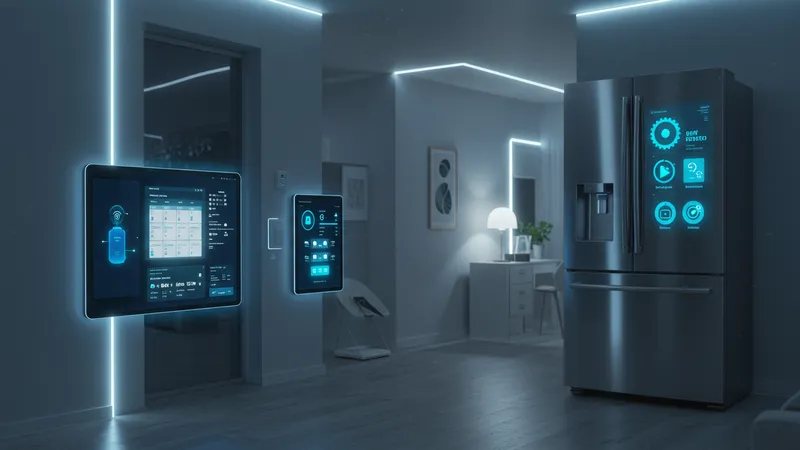
These AI-driven systems monitor how and when devices should operate, optimizing your home's performance without needing manual intervention. This doesn’t just mean convenience—it represents a leap toward genuine intelligent living.
As AI systems become more sophisticated, their ability to recognize patterns and make autonomous decisions enhances further. One robust example is AI’s potential in managing air conditioning systems based on weather forecasts and building occupancy.
The blend of AI and IoT enables predictive maintenance, ensuring household systems run optimally, thus extending lifespans and reducing costs. Looking ahead holds tremendous promise, but one last surprise remains.
Smart technology integration is emerging as a vital component in bolstering real estate appeal. Homebuyers, particularly millennials, increasingly value homes with pre-installed smart systems. In this way, properties fetch higher purchase prices.
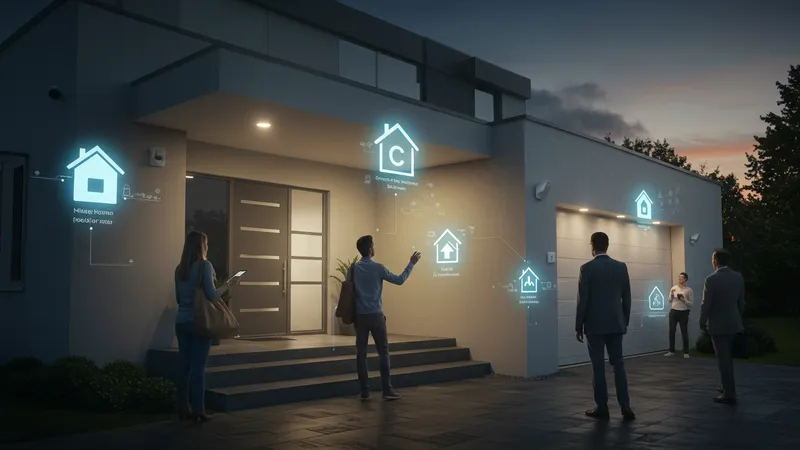
Notably, intelligent homes often receive quicker offers, reducing the time spent on the market. Investors recognize the value in upgrading properties with automation to meet evolving consumer expectations.
Smart infrastructure can enhance rental yields. Tenants also tend to pay a premium for innovative technology amenities, offering more landlords a compelling reason to invest in these modern enhancements.
However, these benefits are often overlooked until stakeholders recognize the potential returns. The future holds even more surprises for the Indian housing market as technology continues to develop.
Educational platforms now include interactive smart technology manuals, allowing consumers a deep dive into device functionalities. Such platforms provide the layman with insights into optimizing device usage, fully leveraging potential benefits.
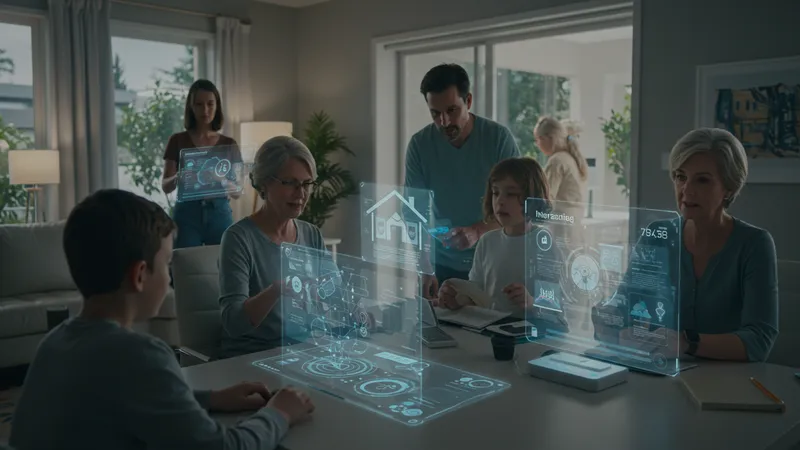
This proactive approach to learning differs from traditional manuals, offering interactive, user-friendly guides. This increased understanding encourages preventive maintenance and improved intelligent device management, resulting in longer device lifespans.
By acquiring these tech-savvy skills, individuals can integrate more advanced components independently. Families can engage within the home and learn together, fostering a in-depth understanding of systems that benefit everyone.
Virtual classrooms demonstrate these innovations in real-time, contributing positively to user experiences and encouraging adoption. But the knowledge exploration in automation is far from over.
Remote work has exploded alongside home automation growth, transforming home offices with automated environments. Voice-activated systems now manage lighting, sound, and climate, optimizing productivity and enhancing work outcomes.

Studies indicate a strong correlation between well-lit workspaces with ambient settings and increased home-worker productivity. Smart home offices facilitate a perfect balance between comfort and efficiency, a boon to remote professionals.
Communication technologies intertwined with home automation help maintain connectivity among businesses, promoting swift collaborations. Companies realize this and increasingly invest in automation proven to support remote employees.
The adaptation serves as a foundation for future innovations aimed at accommodating evolving work environments. A trend worth continuing to explore, as future implementations may hold novel inclusions.
Indian urban areas are poised for transformation, with intelligent automation playing an essential role. Smart-cities are evolving, with supportive infrastructure designed to reduce carbon footprints and improve life quality across towns.
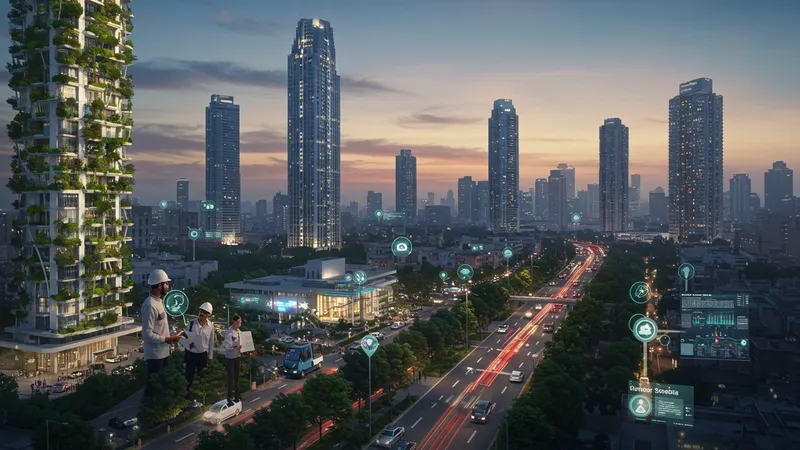
City planners consider renewable installations complemented by home automation, aiming for substantial sustainability advancements. The technological revolution involves stakeholders from all sectors, benefitting from integrated smart systems.
A cityscape enhanced with intelligent street lighting, waste management, and transportation networks resonates with technological advancement beyond personal spaces. This automated vision could soon become reality in Indian cities nationwide.
Initiatives advocate for innovative city integration, emphasizing the need for sustainable urban progression. An authentic and incomparable wave of cutting-edge technology readily available to facilitate superior city living awaits discovery.
Another layer of India’s smart home story centers on customization, allowing homeowners to tailor systems according to cultural and personal preferences. A growing trend captures the cultural importance of aesthetics and efficient design.
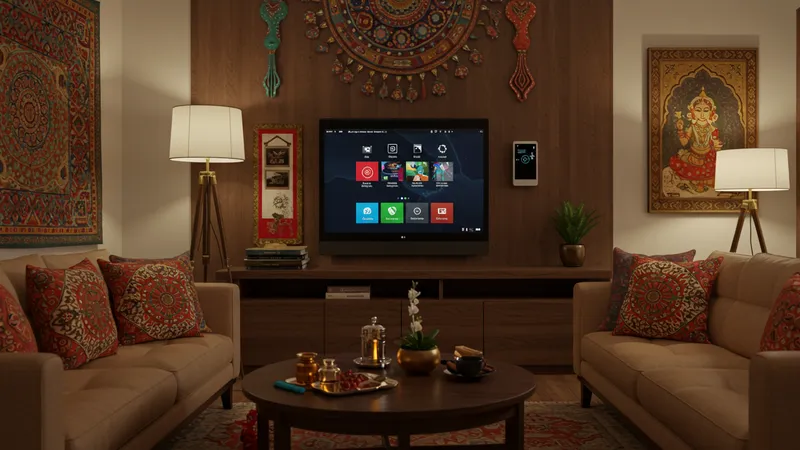
Custom smart systems transcend technology's sterile image, integrating vivid cultural elements into their interfaces, resonating with traditional Indian values. Personalization encourages wider acceptance by aligning innovative solutions with familiar cultural expressions.
The inclusion of multilingual support ensures systems resonate with diverse populations, reducing barriers and promoting ease of use. Smart solutions are no longer for the tech elite but democratized for all, matching preferences and proficiency levels.
With capabilities like personalized reminders and task automations, technology becomes a seamless extension of family life, respecting traditions while fostering future generations. But the future of home automation in India still has delightful surprises.
The Indian government’s favorable policies are critical drivers fostering nationwide smart home adoption. Their initiatives covering renewable energy investment, tax incentives, and technological advancements accelerate the sector’s growth.
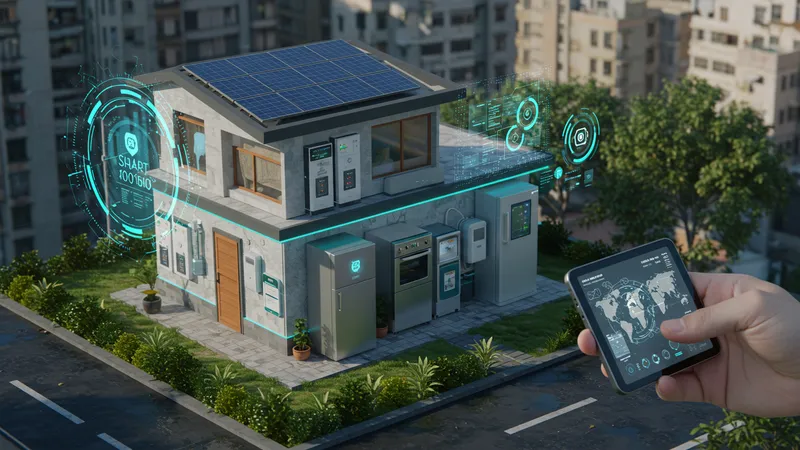
Subsidies toward energy-efficient homes evidence the governmental commitment to prioritizing sustainability. The “Digital India” campaign emphasizes technology utilization, supporting cutting-edge innovation for mass electricity and technology resource optimization.
Collaborations between government bodies and the private sector further fuel transformative solutions applicable across socio-economic backgrounds. The growing synergy between policymakers and innovators sets a precedent that encourages advanced thinking for integrated smart living.
India's strategic focus on technological ecosystems manifest tangible change and continue to enkindle a home automation revolution. The story reaches a thrilling conclusion, carrying lessons applicable beyond domestic borders.
The shift toward smart homes in India is about more than adopting new technologies; it signifies an evolution of living standards and choices. The unexpected findings discussed here represent a glimpse into a promising future where homes are safer, more efficient, and seamlessly integrated with daily life. As India embraces this technological transformation, it sets an example for sustainable innovation globally. Share this exploration with others who might benefit, and let’s build smarter, more connected communities together.